Articles
-

Primal Work
Rebecca Belmore is among the most compelling and mesmerizing performance artists working anywhere in contemporary art. But “performance” is too limited and maybe even misleading a term. What she does when she performs is to embody a state of mind. She resists words like “ritual” and “ceremony” to describe her actions. What engages her is the time it takes to work through an idea, and nothing mediates the concentration necessary to achieve that purpose.
-

Projecting the Future
By the time he’d made this incendiary statement, Jonas Mekas was a well-known poet, an established New York filmmaker, curator and creator of an American film culture of the avant-garde. He was an archivist, critic, programmer, distributor and general champion of film as art. His many accomplishments included the founding of Film Culture Magazine, the New York Film-Makers Cooperative and Anthology Film Archives. He coined the term “New American Cinema” to describe the American avant-garde of the 1950s and ’60s, and each appearance of his “Movie Journal” column in the Village Voice was eagerly anticipated by filmmakers, artists, critics and general readers alike.
-
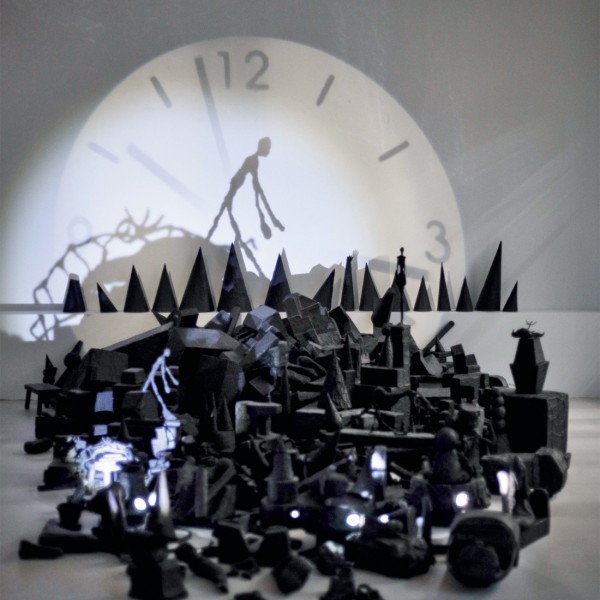
Interior Designs
This past winter Annette Messager was a guest artist at the newly opened Institute Giacometti in Paris. This was the first exhibition in the reconstructed building, and I was surprised by the elegance and intimacy of its interior, which was composed of interlocking rooms. The title of the exhibition, “Nos Chambres” (our bedrooms), and the hint of an erotic slant would be in keeping with the surrealism of the site.
-

The Art of Simultaneity
The Vancouver-based artist Vanessa Brown works in the wonderful world of contradictions and illusions. Like a poet, a jeweller, a stage designer, a couturier, her art centres on the accessories; present in it is a spiritual, feminist tribute to accessories. Her art is there, and not there.
-

Theaster Gates
In this lean, powerful and timely exhibition, the Chicago artist, activist and practising urbanist Theaster Gates draws upon a daunting archive of Black American popular imagery with a decidedly feral and interrogatory eye. The making of cultural meaning and the legacy of Black images are meaningfully interwoven in “The Banner Waves Calmly.” It is the most recent in a continuing litany of similar interventions with, and articulations of, archival materials by Gates. In fact, the works presented in Montreal are integral to a more expansive production on display contemporaneously at the Prada Foundation in Milan.
-
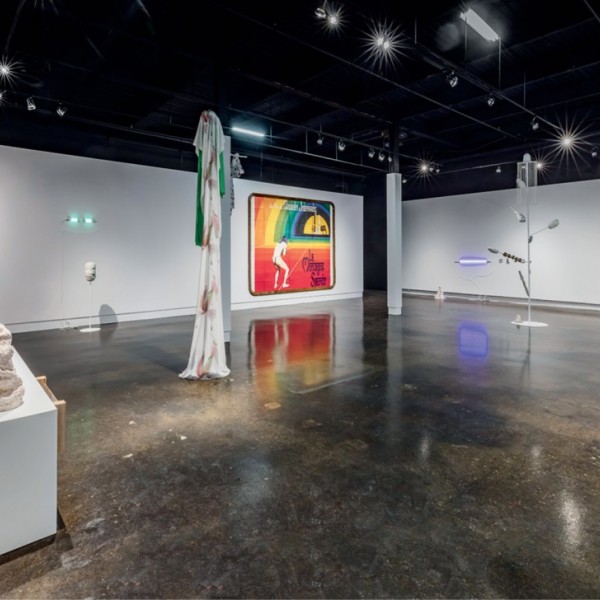
Katie Bethune-Leamen
There’s a lot going on in a Katie Bethune-Leamen installation. Walking into one of her exhibitions is like entering the middle of a lively conversation. Her sculptures don’t actually speak, but they contain such a heady mix of loose association and specific detail that their connective potential keeps growing and metamorphosing the more time you spend watching them.
-
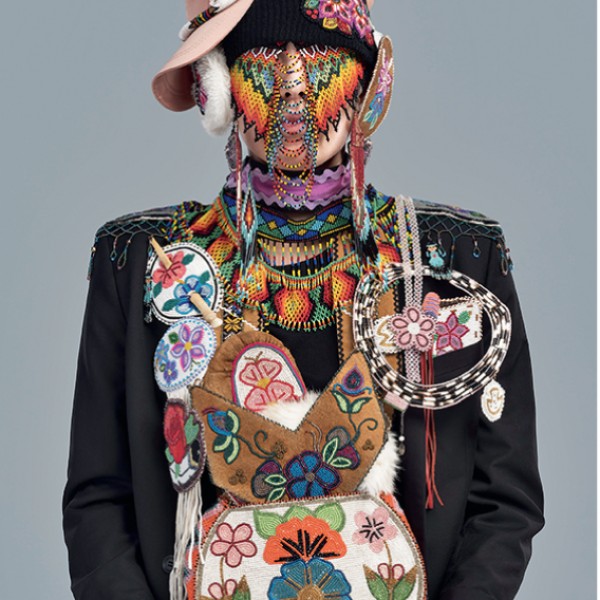
Dana Claxton
The Vancouver Art Gallery (VAG)’s stellar Dana Claxton exhibition was, in many ways, a first. It was the first major survey in the acclaimed multimedia artist’s 30-year career and the first time many of her significant works have been exhibited in Vancouver, the city in which Claxton has been based since the mid-1980s.
-
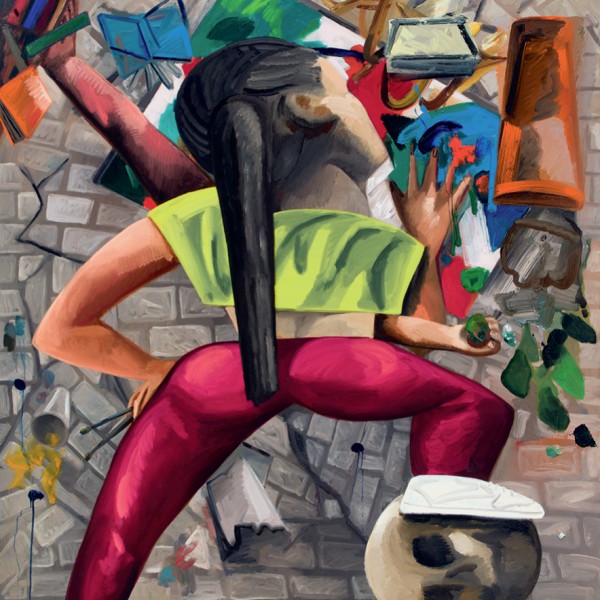
Dana Schutz
“Imagine Me and You,” the title of Dana Schutz’s recent solo exhibition at the Friedrich Petzel Gallery in New York, is in itself a strange and suggestive aspect of the artwork in the show. It’s apparently a line borrowed from a 1960s pop tune by the Turtles (as in “so happy together!”). But its placement here turns the idea inside out and asks us to do a number of imaginatively multivalent things at once, like in one of Schutz’s impossible multi-tasking paintings from several years back.
-

Julie Nagam
The University of Winnipeg’s Gallery 1C03 is a small gallery, and exhibitions within this space work best when they play to its intimacy. Métis/German/Syrian artist Julie Nagam’s “locating the little heartbeats” does well not to overwhelm the space, something not every show is able to accomplish. With its dimmed lighting it intriguingly invites visitors into the gallery to take a careful and closer look at the artwork. What viewers find is a series of wooden light boxes jutting out from the walls like taut, squarish tree branches. On the light boxes are screens presenting various animated drawings of plants seemingly springing up from the ground. Audio of nature recordings wafts through the gallery as if trailed in by the breeze or possibly through an air vent. There is a feeling of something serene here, like being alone in a garden or walking quietly through the bush.
-
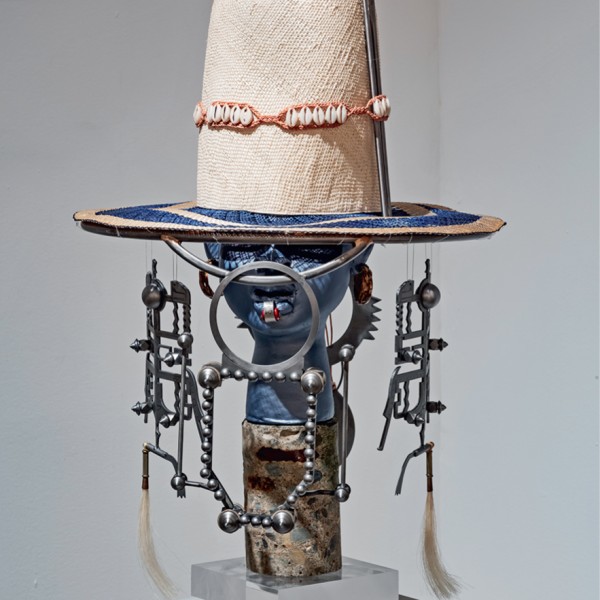
Nep Sidhu
Two men face an open door at the top of a small flight of periwinkle-coloured stairs. Beside the opening, a closed door glitters, replete with detailed, golden iconography and a vermillion lintel embroidered with script-like markings. The men and the entrance are framed by billowing cream, yellow, red and blue curtains that recall a royal litter or an extravagant four-poster bed. As viewers, we intuit that the men are not apprehending a domestic space; rather, they appear to be at the threshold of a regal or spiritual location. In fact, the painted figures at the centre of (Nep) Nirbhai Singh Sidhu’s mixed-media tapestry Medicine for a Nightmare, 2019, stand in front of Hazūr Sāhib, a Sikh temple in western India and one of the five Takhats, seats of religious authority. The quasi-geometric imagery surrounding the men, which includes references to sound and Punjabi calligraphy, conjures a sense of enshrined reverence common to the works in Sidhu’s ambitious exhibition, “Medicine for a Nightmare (they called, we responded),” on view at Mercer Union.
-
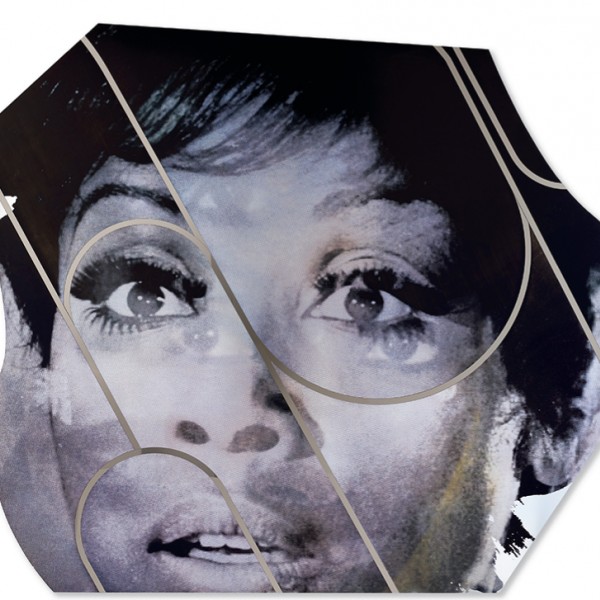
Mickalene Thomas
Beyond its considerable aesthetic and cultural value, “Mickalene Thomas: Femmes Noires” signified an important moment for the Art Gallery of Ontario. Responding, if belatedly, to demands to decolonize and feminize the art institution, the AGO gave up its entire fifth floor to a queer Black woman artist.
-

Mamma Andersson
I have a habit of surreptitiously scanning the shelves, upon entering a room full of books. The goal of my innocent snooping is an attempt to gain insight into the person’s inner life, their likes and dislikes, references and desires. A kind of biblio-voyeurism.
Haven’t found what you're looking for? Explore our index for material not available online.

